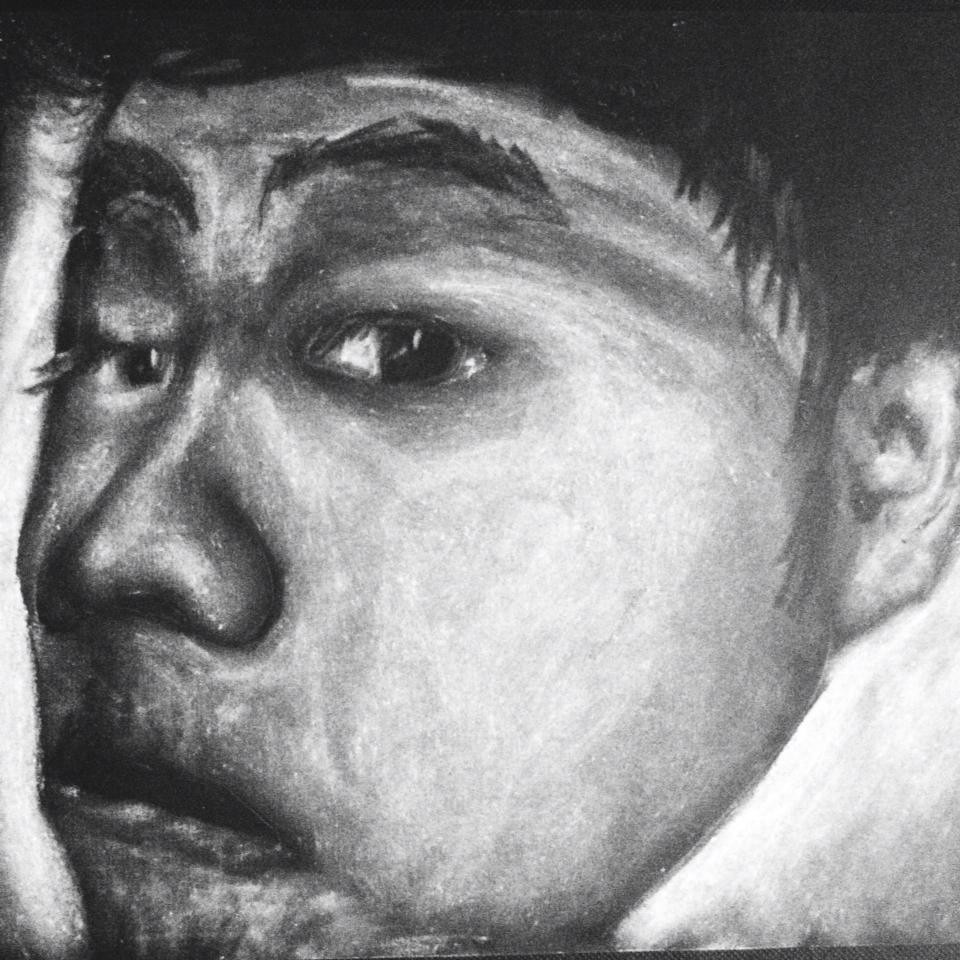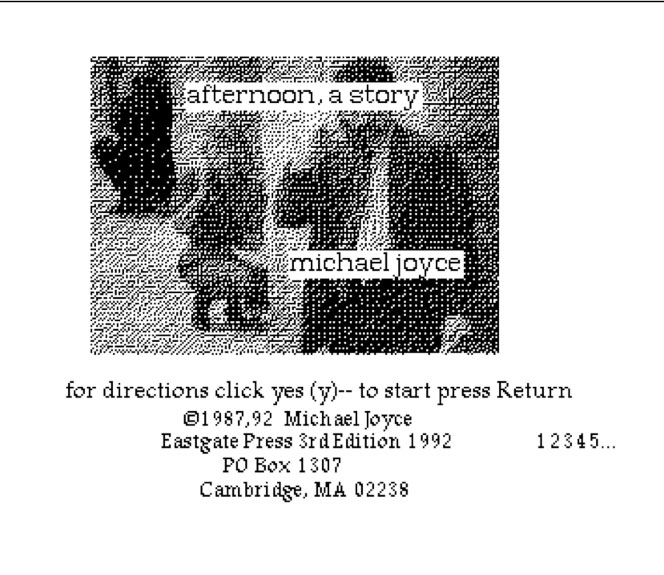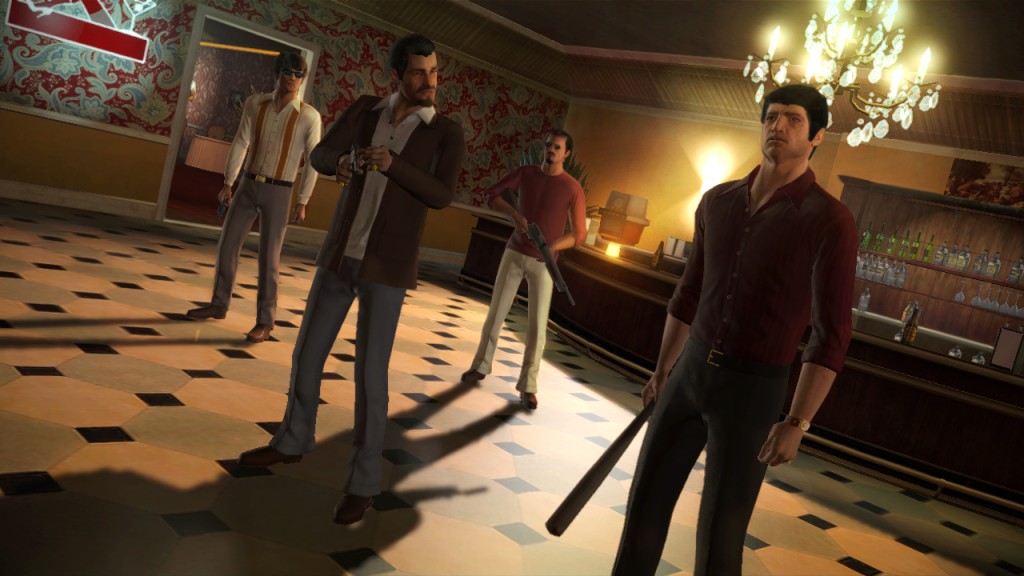Michael Joy, the granddaddy of hypertext fictions, in 1987, published what is recognised as the first major narrative of this genre, afternoon: a story, which he created with Jay Bolter using the software and hypertext application, Storyboard.
Hypertext offers readers and authors the same type of freedom, in a far more seamless fashion. Furthermore, the idea of narrative in hypertext expands beyond the written text, incorporating visual or audio content that goes along with the fictional narrative.
Miichael Joy talks about how paragraphs on different pages could go with other paragraphs in other parts of the book. Douglas mentions how interactive storytelling meets a desire that many readers have – a desire for the inexhaustable story. A book no longer has to stay the same every time you open it up. Sounds cool to me. Imagine playing video games like God Father, Grand Theft Auto, you are able to choose your path and experience new plots every time you play.
( Agreeing with Tim‘s view on this. )
On the other hand, I’ve been too familiar with linear structure which there’s beginning and ending , and an interesting body part betweens.
Overall, It was mentioned that hypertext is quite a unique technology, and therefore cannot be compared to print media. The hypertext narrative must be treated as its own entity. We just need to balance the two and treat them equally, as they are both close and useful to us these days.


